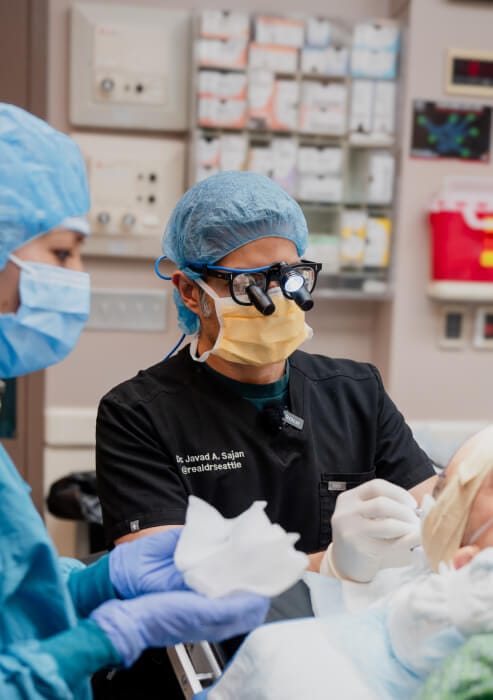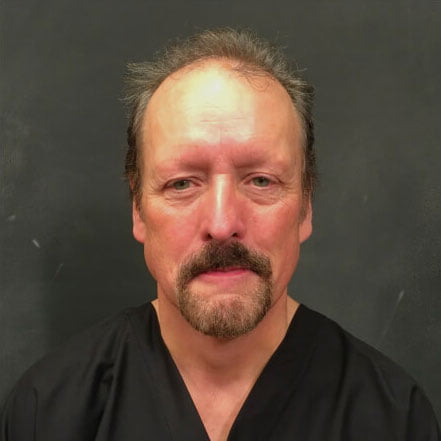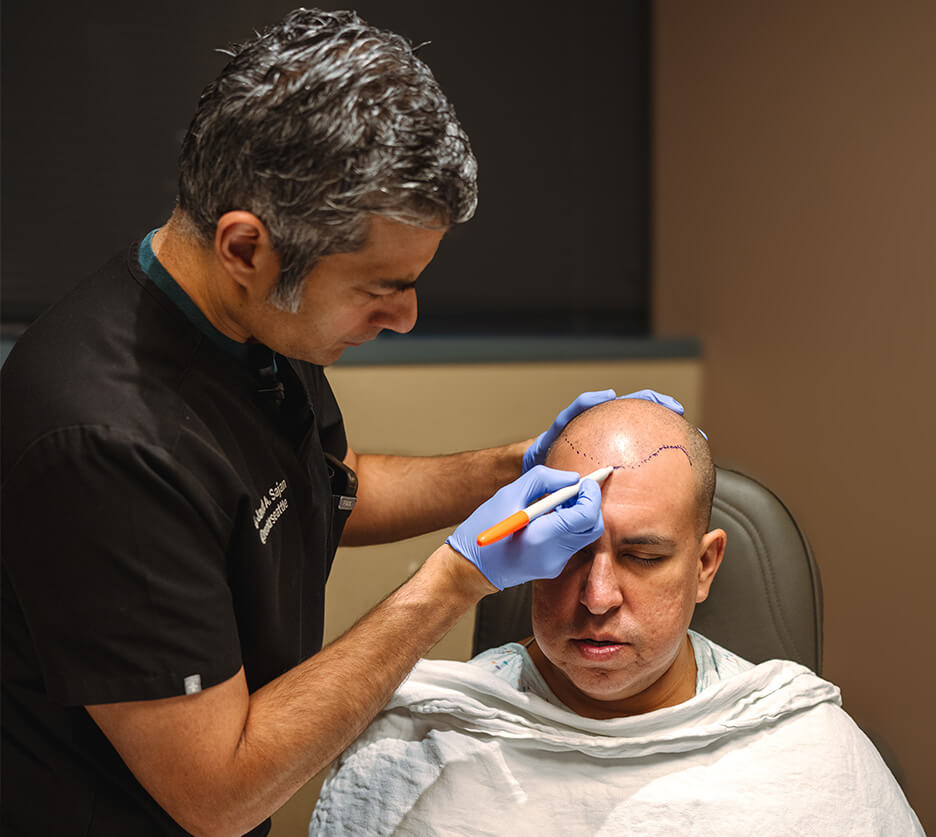
FUT Hair Transplant Spokane
Living in Spokane means enjoying a vibrant lifestyle, from summers at Riverfront Park to winters on Mount Spokane. But for many, hair loss can become a source of self-consciousness that holds them back. The changing inland Northwest climate can also make dealing with thinning hair frustrating.
For Spokane residents seeking a permanent and effective solution, Follicular Unit Transplantation (FUT) at Hair Restoration Seattle is a proven surgical technique. Our practice specializes in performing FUT with precision, offering a reliable path to restore your hair and your confidence with natural, lasting results.
What Is FUT
Follicular Unit Transplantation, often called the “strip method,” is a surgical hair restoration technique focused on removing a narrow strip from the back/sides of your scalp where hair is typically resistant to DHT, the hormone behind most genetic hair loss. The strip is divided into follicular unit grafts and placed to match your natural direction and pattern for an authentic look. The native “donor dominance” of these hairs helps them continue to behave like permanent hair after transfer.
Is FUT Right for You?
FUT works well for people who want larger coverage in one session and prefer not to shave the donor area. It also depends on hairstyle preferences, donor supply, health, and long‑term plan. FUT might be the right choice for you if you:
- Have Moderate to advanced pattern hair loss needing higher graft counts in a single day.
- Prefer longer hairstyles or need to avoid donor shaving for work/life reasons.
- Have stable donor hair on the back/sides and overall good health (non‑smoker or willing to stop).
No history of keloid‑type scarring and no medications/conditions that raise bleeding risk.
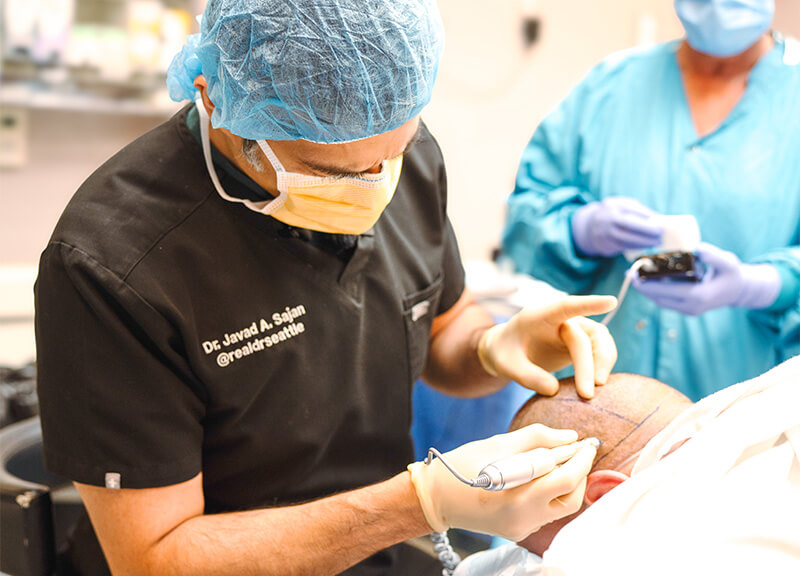
FUT vs. FUE: When FUT Makes Sense
When Spokane patients consider hair transplant surgery, the two most common techniques are FUT (Follicular Unit Transplantation) and FUE (Follicular Unit Extraction). Both can deliver permanent, natural results, but the right option depends on your goals, hairstyle preferences, and long-term plan.
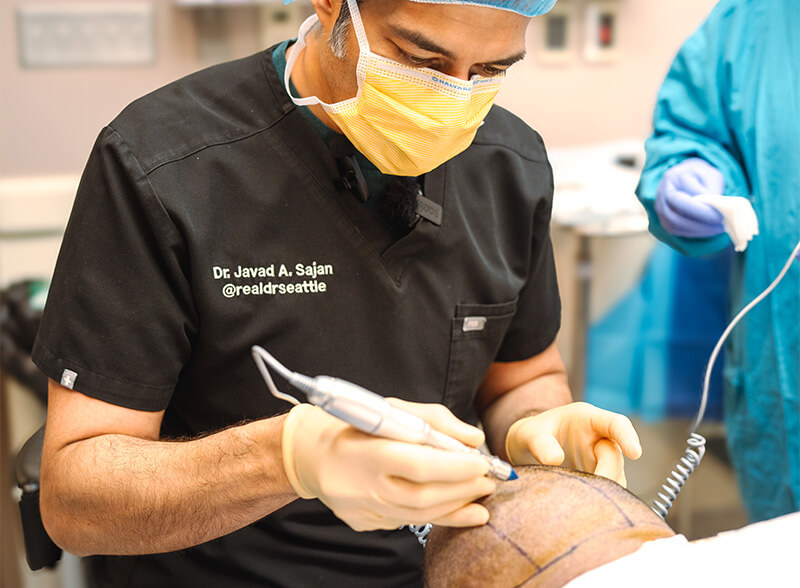
- No shaving required (FUT): Helpful if you wear your hair longer or want to avoid a visible donor trim.
- More grafts in one session: The strip method often yields higher graft numbers efficiently.
- Strong graft protection: FUT preserves more protective tissue around follicles, supporting survival.
- Scar planning: FUT leaves one line‑type scar that can be reused if you need a second procedure later.
- Cost efficiency: On average, FUT is often priced lower per graft than FUE. (Your exact quote is personalized.)
If you prefer very short hair and dot‑style scarring, FUE may fit better. We’ll help you choose the right path in your consultation.
How FUT Is Performed
Knowing the steps lowers stress and helps you prepare. Here is what a typical FUT day looks like.
- Planning & design: We measure donor density and map your thinning pattern; your hairline and density plan are set.
- Anesthesia & comfort: The scalp is numbed with local anesthesia; optional oral medication can help you relax.
- Donor strip removal: A thin strip is marked and gently removed from the donor zone.
- Microscopic dissection: The strip is dissected into precise grafts to maximize viability.
- Recipient‑site creation: Tiny sites control angle, direction, and pattern for a natural look (singles at the hairline, multi‑hair grafts behind).
- Graft placement: Grafts are placed with attention to hydration, temperature, and alignment.
- Closure & dressing: The donor is closed using a trichophytic technique designed to help hair grow through the line for concealment; a light dressing may be applied.
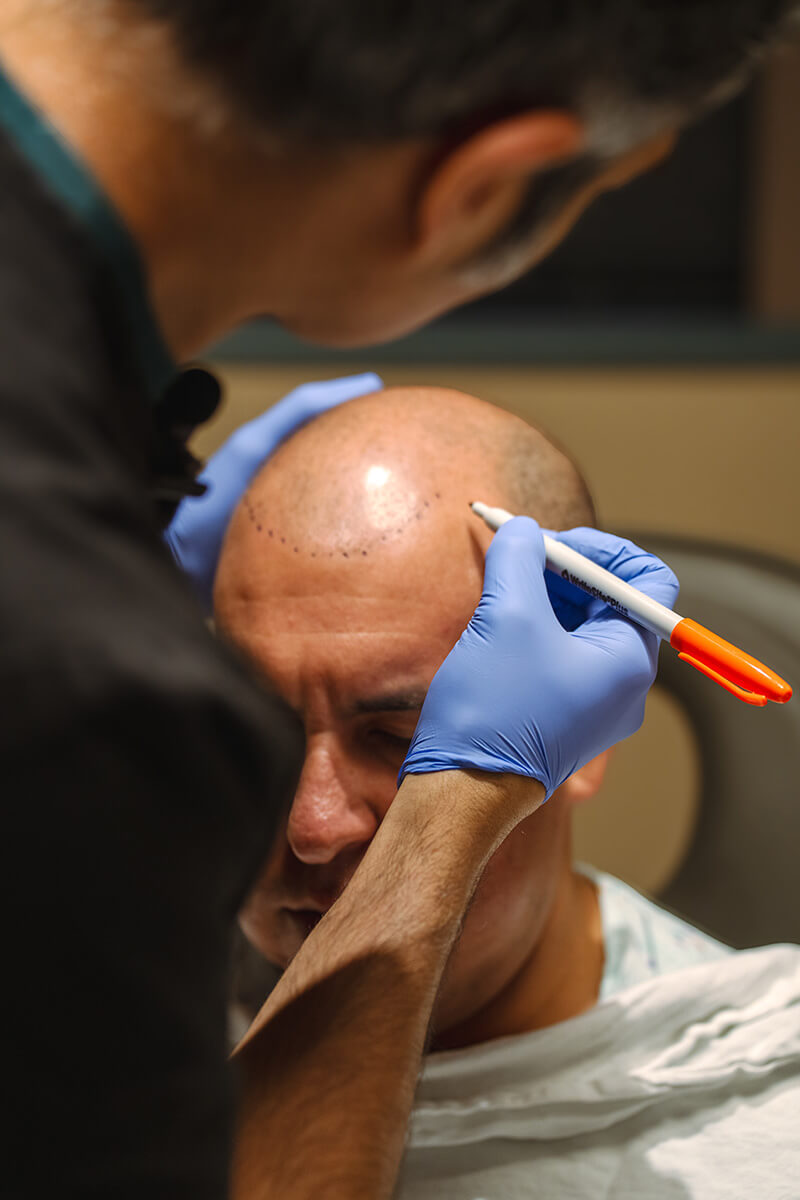
Recovery & Aftercare Timeline
Recovery is usually easy if you stick to the plan.
- Week 1: Prioritize rest with your head elevated. Use the provided saline sprays and begin gentle washing as directed. FUT patients return to the clinic around days 10–14 for suture or staple removal. A return to desk work is often possible within a few days.
- Weeks 2–4: The “shock loss” phase begins, where transplanted hairs shed; this is expected and the follicles remain intact. Light exercise can typically resume after 10–14 days. Avoid pools, hot tubs, and activities that cause heavy sweating.
- Weeks 4–6: You may gradually return to more strenuous workouts and weightlifting with medical approval. Hair coloring and other chemical treatments are generally safe once the scalp is fully healed.
- Months 3–4: You may gradually return to more strenuous workouts and weightlifting with medical approval. Hair coloring and other chemical treatments are generally safe once the scalp is fully healed.
- Months 6–12+: You will see noticeable thickening and increased styling options. Final density and hair caliber typically mature between 12 to 18 months post-procedure. Consistent sun protection remains important.
Scarring & Hairstyle Planning
FUT leaves one linear scar in the donor area. Planning your cut and closure method helps keep it discreet.
- Surrounding hair usually conceals the line; very short buzz cuts may show it.
- Trichophytic closure is used to encourage hairs to grow through and break up the line.
- If you need more grafts later, the same incision can often be reused to avoid additional lines.
- If you want the option of very short hairstyles, discuss FUE at your consultation.
Cost & Financing
Pricing depends on the number of grafts, areas treated, and method. Most cosmetic hair restoration is self‑pay, though certain reconstructive or gender‑affirming cases may have coverage.
- Your quote is personalized after a full evaluation (virtual consults available for Spokane).
- FUT often costs less per graft than FUE, though total cost depends on your goals and graft needs.
We offer flexible financing to keep treatment accessible. Insurance coverage is uncommon unless medically necessary; our team can review options with you.
Why Spokane Patients Choose Dr. Javad Sajan for FUT
Dr. Sajan leads your care with a focus on long‑term planning, refined hairline design, and a calm, efficient experience from consult to follow‑up.
- Renowned Seattle cosmetic surgeon with extensive experience and thousands of successful procedures.
- Detail‑driven graft handling and natural‑looking placement supported by a dedicated hair team.
Virtual consults and remote follow‑ups make the process easier for Spokane patients.
Begin Your FUT Journey with Dr. Javad Sajan
If you’re ready to restore your hair, begin with a virtual consultation from Spokane. Dr. Javad Sajan and his team will review your goals, explain the process, and design your plan. You’ll only need one trip to our Seattle clinic for the procedure, then you can return home the same day. Call 206-561-9127 or book online to schedule your Spokane FUT consultation today.
FAQs
Q: What are the disadvantages of FUE?
FUE requires shaving the donor area, can take longer than FUT, and leaves tiny dot scars that may limit donor availability for very short hairstyles or repeat sessions.
Q: Do FUE scars go away?
No, FUE scars don’t go away completely. They appear as small dots, but with proper technique and enough surrounding hair, they are usually hard to see.
Q: Which is less painful, FUE or FUT?
Both are done under local anesthesia, so the procedure itself is not painful. FUE often has less post-op tightness, while FUT can cause more scalp soreness due to the linear incision.
